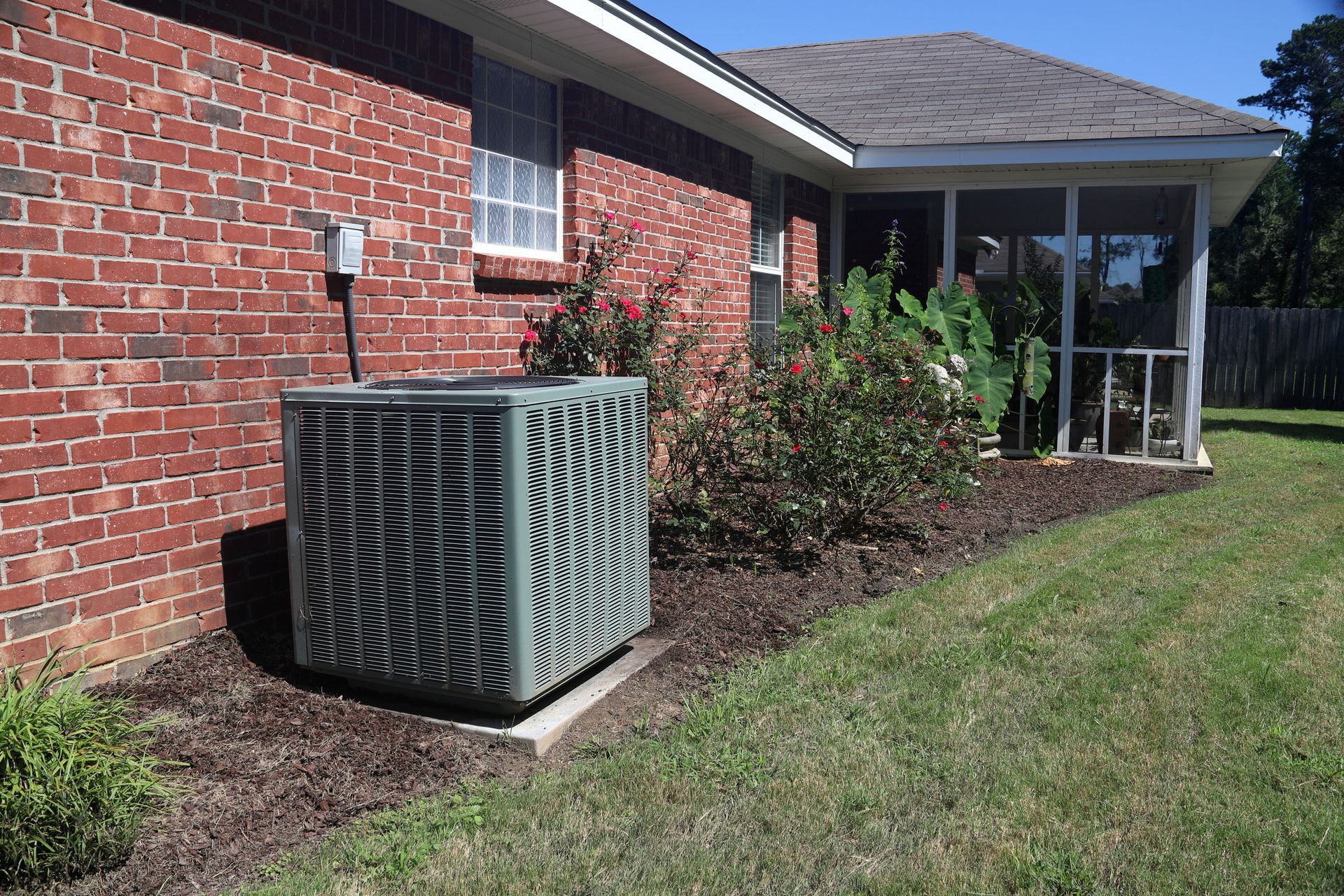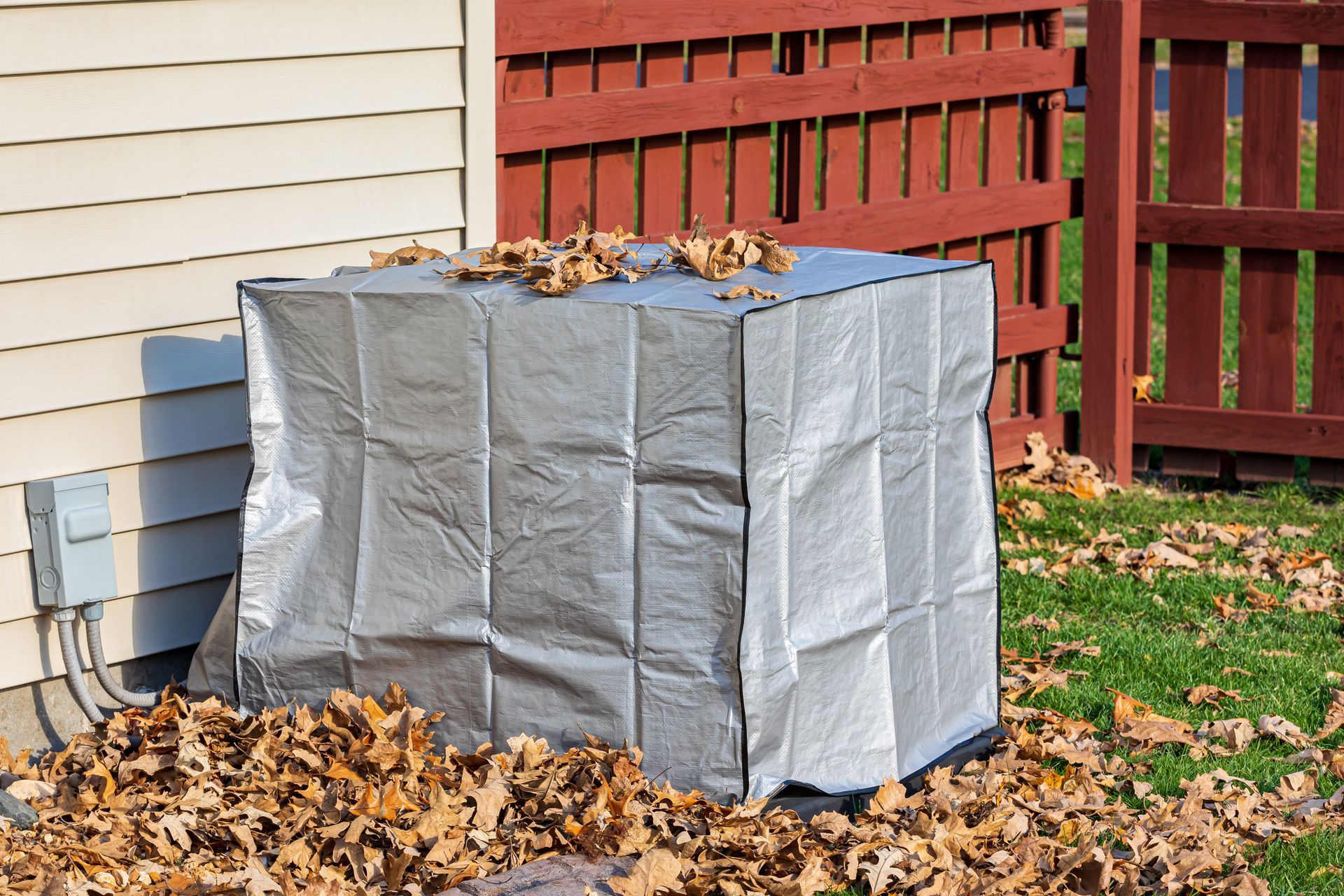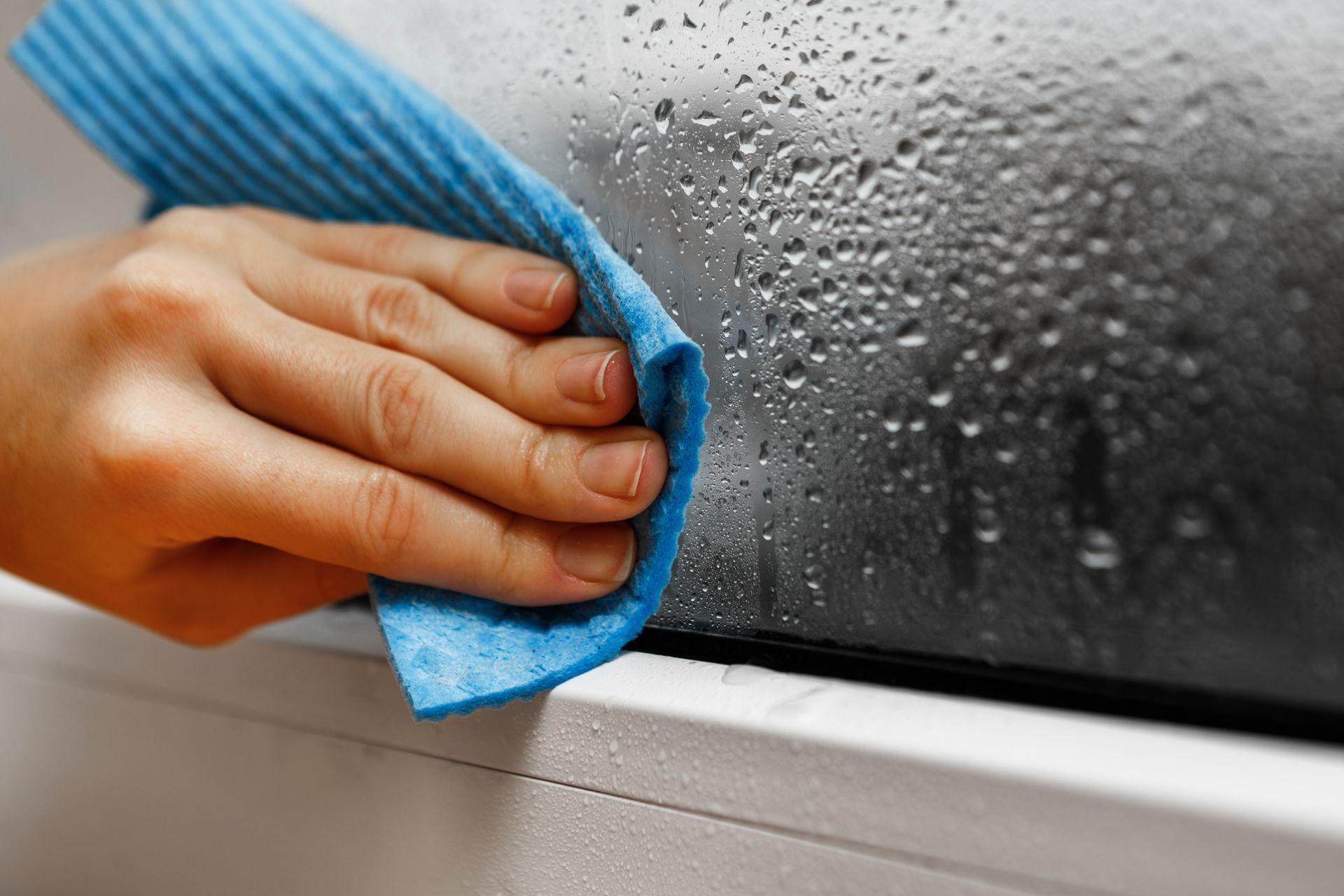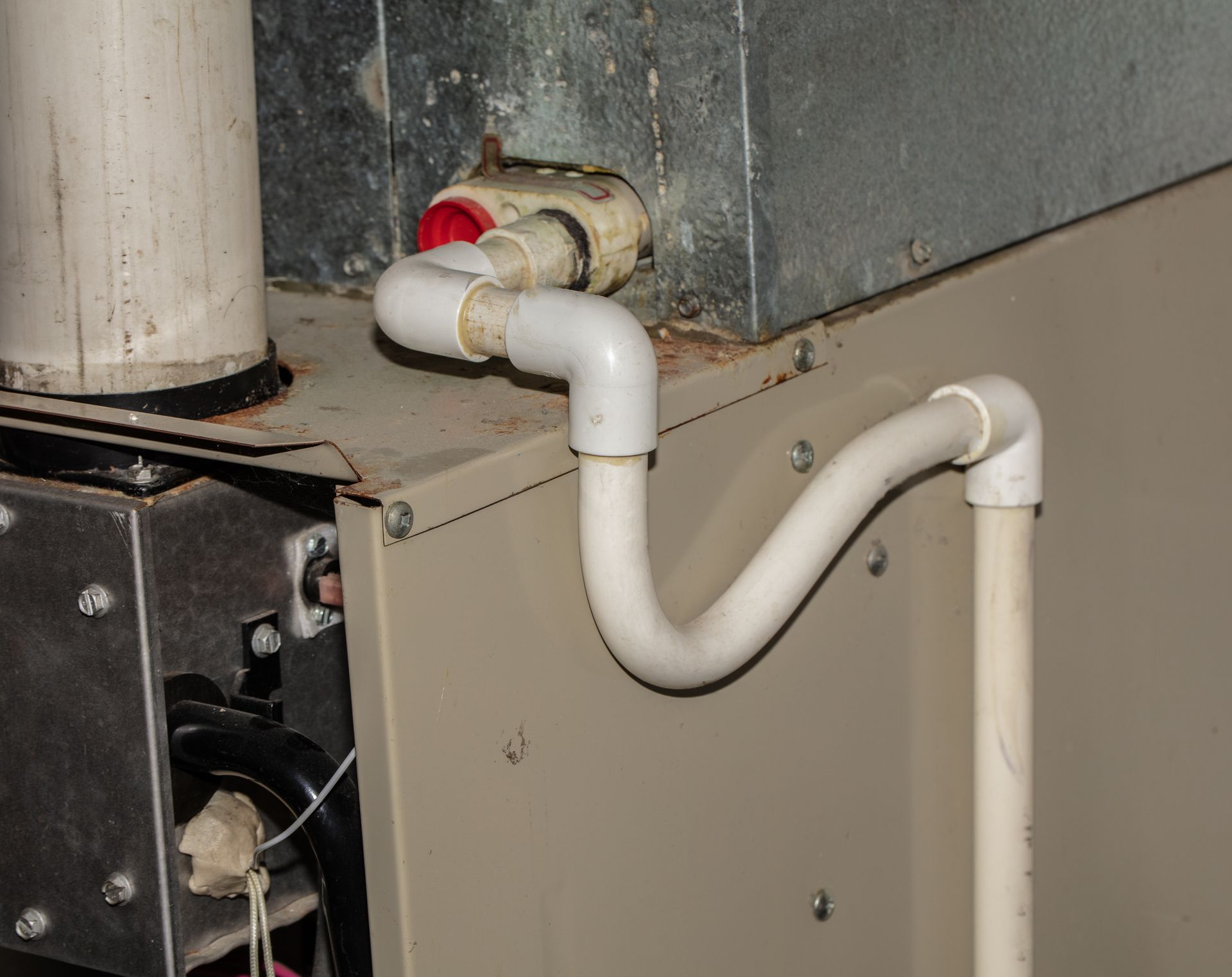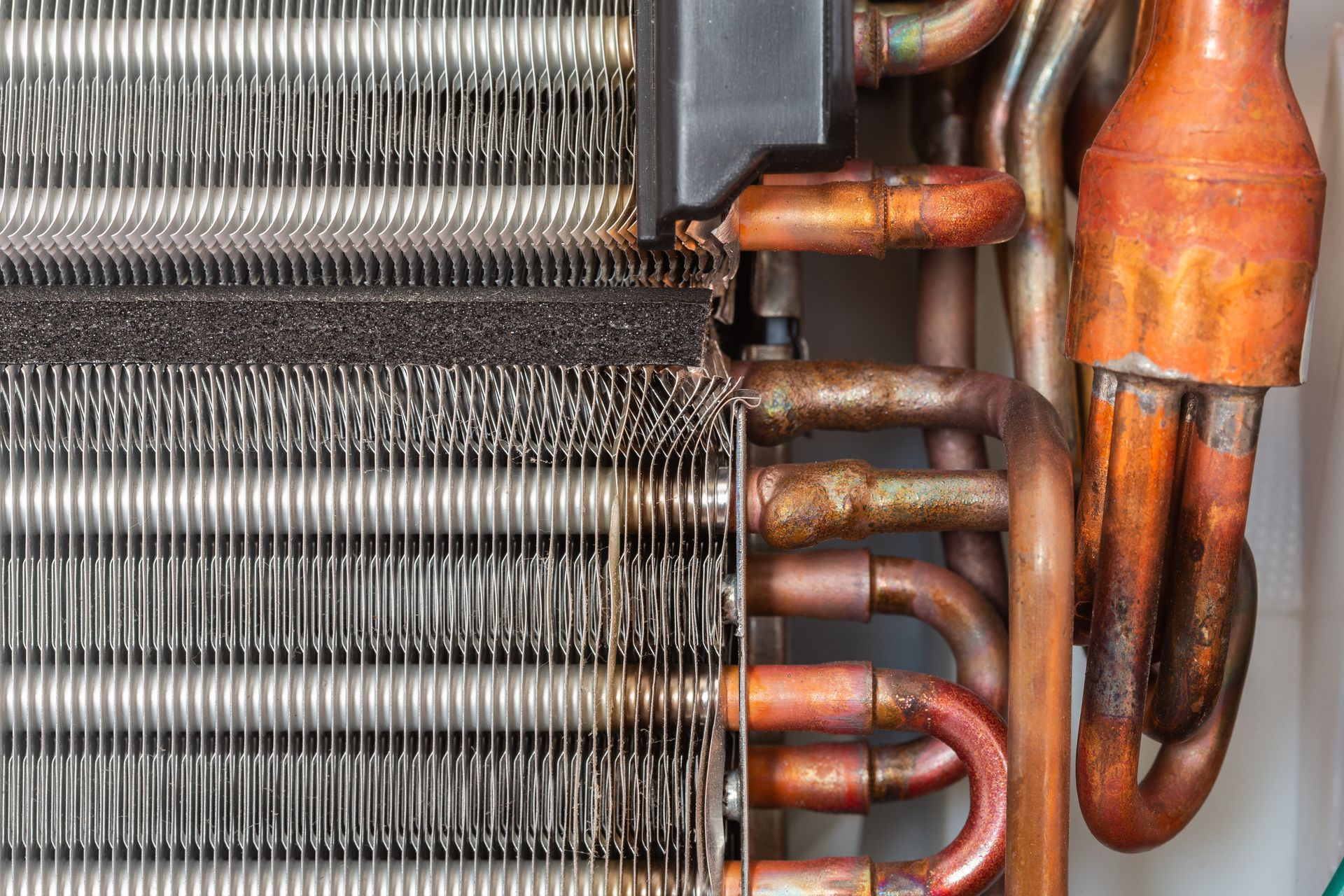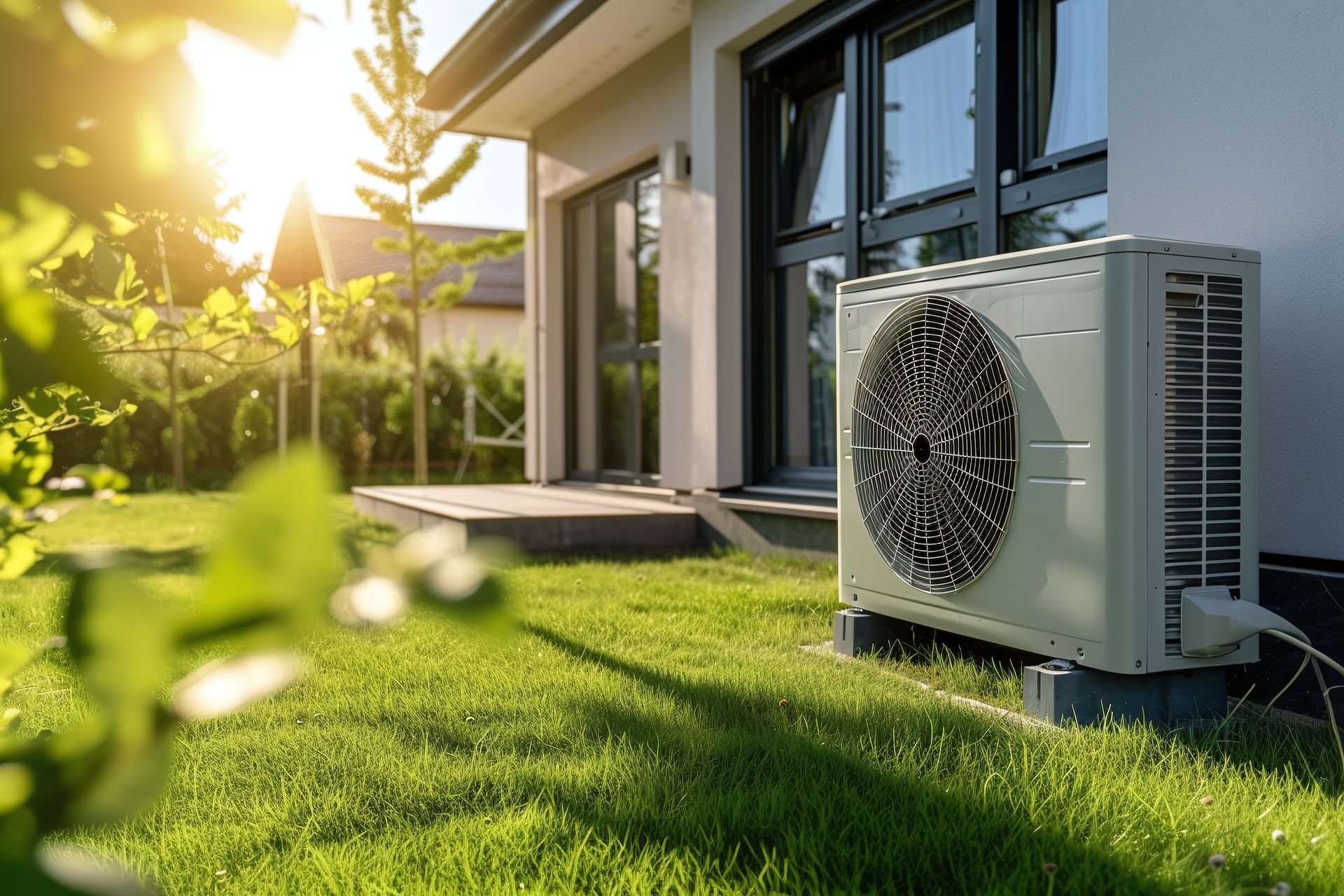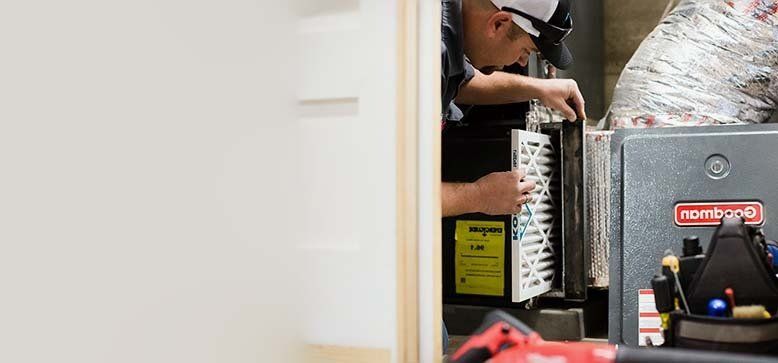What is Ductless Air Conditioning?
What is Ductless Air Conditioning?
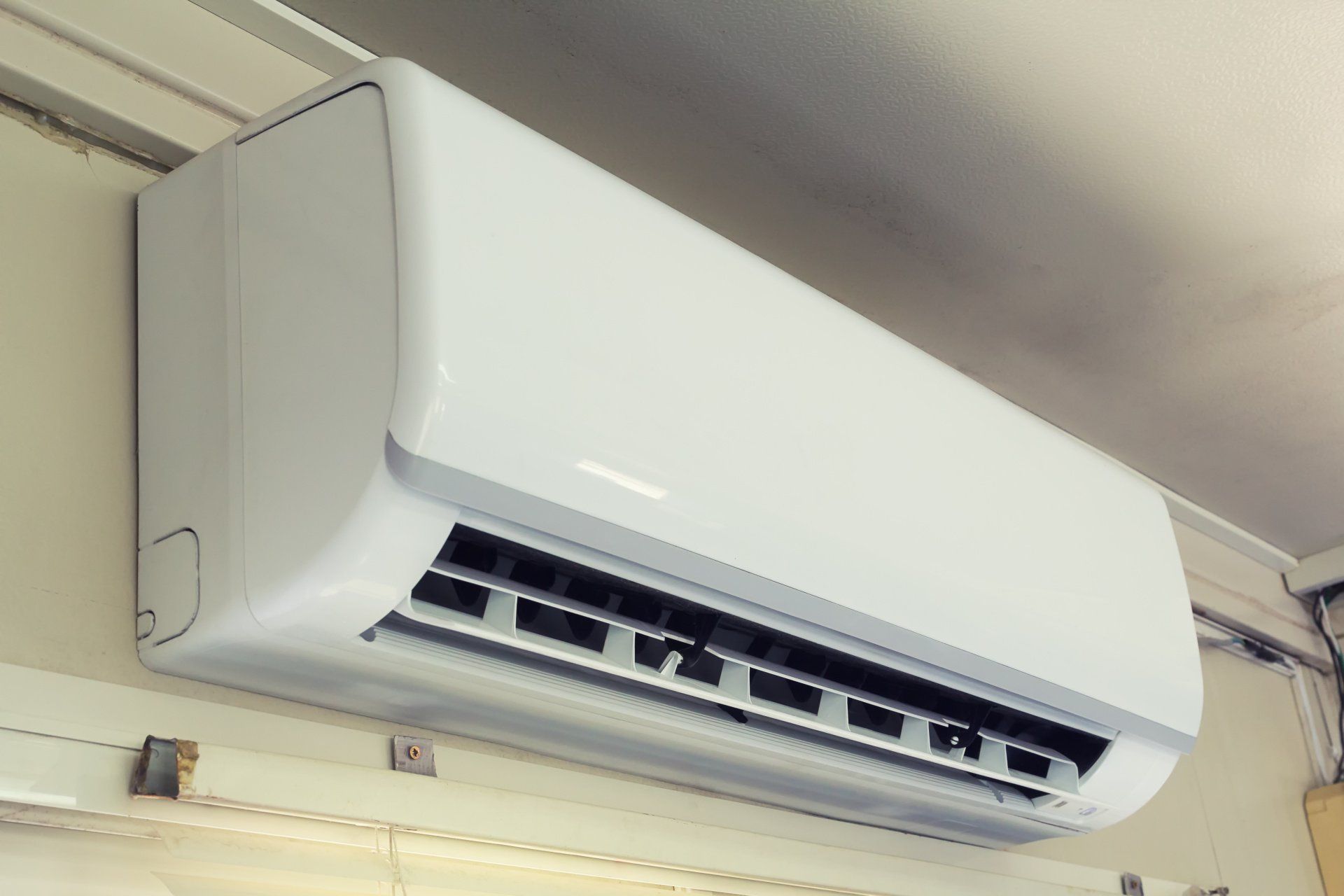
Air conditioners function pretty much the same way regardless of the type of air conditioner a homeowner decides on. The primary difference between a ductless and central air conditioning system is the location where the cooling occurs. The location where the air gets cooled impacts how it gets distributed throughout a home. Central air conditioners have a singular unit that cools the air and then distributes that cooled air evenly through a home via a series of ducting that is usually found in a home’s attic or crawlspace. Ductless air conditioning uses a series of AC units that are found inside each room and cool a room without the use of ducting. These units are commonly referred to as mini splits because the main components are split off from the outdoor compressor that disperses the heat outside.
How Do Ductless AC Systems Work?
Mini split ductless AC systems use the same exact science that central AC units operate off. The indoor air conditioner component found in each room hold the evaporator coils that are filled with refrigerant. Warm air inside a room passes over these coils and transfers the heat into the refrigerant and that refrigerant gets cycled to the outside unit where the heat is released. The air that was originally warm inside the room is quickly cooled as the air passes over the coils which is then blown back into the room as cool air.
Primary Components of a Ductless HVAC System
The main components of ductless mini split air conditioners include:
- The indoor unit: This contains the evaporator coils, blower fan, control board, and filter
- The outdoor unit: This contains the compressor, condenser coils, outdoor fan, and expansion valve
- The conduit: This contains a drain line, a refrigerant line, and electrical power supply line
- The remote control
Ductless Heating
Ductless HVAC systems can also work with heat pumps to help regulate warm temperatures. The key component necessary to enable this feature is a reversing valve that allows the flow of refrigerant to be reversed so the refrigerant can collect heat from outside and warm the air that passes over the coils before it is released into a room. It is important to note that heat pumps are often limited by extremely cold temperatures so a furnace may still be needed if the temperatures outside are too cold to collect in the refrigerant.
What to Know About Ductless HVAC Systems
There are several key considerations that homeowners need to be aware of when looking into a ductless HVAC system.
- Cost: While each unit individually is usually much cheaper than a central AC unit, the added costs of a multi zone mini split system can add up and become as expensive, if not more expensive than a central AC unit.
- Installation: Installation requires a professional to go into each room and mount a unit as well as run the conduit necessary to connect each of the units to the outdoor component.
- Maintenance: Maintaining multiple units can become a chore because multiple filters will need to be cleaned or replaced. There are also multiple units that will need regular inspections and tune-ups compared to a central AC unit.
- Noise: Indoor units are generally very quiet and don’t produce much noise unless there is something wrong with the unit.
- Warranties: Multi zone mini split warranties tend to expire after 5 – 12 years but these units tend typically tend to last between 15 – 20 years with regular maintenance.
- Rebates: Because of their increased efficiency and potential to reduce the use of natural gas if a heat pump is used, mini split ductless systems often times have rebates available.
What Size Ductless Air Conditioner Do I Need?
Just like any central AC unit installed, getting a ductless AC system installed requires accurate and appropriate sizing. Getting a unit too large can result in a bulky wall mounted unit that cycles on and off frequently which then fails to dehumidify a room. The general rule of thumb for individual room sizing is as follows:
- 150 – 250 sq ft requires a capacity of 6,000 BTUs per hour
- 250 – 350 sq ft requires a capacity of 7,000 BTUs per hour
- 300 – 350 sq ft requires a capacity of 8,000 BTUs per hour
For larger spaces, the recommendations are:
- 350 – 400 sq ft requires a capacity of 9,000 BTUs per hour
- 400 – 500 sq ft requires a capacity of 12,000 BTUs per hour
- 500 – 750 sq ft requires a capacity of 18,000 BTUs per hour
- 750 – 1000 sq ft requires a capacity of 24,000 BTUs per hour
- 1000 – 1250 sq ft requires a capacity of 30,000 BTUs per hour
- 1250 – 1500 sq ft requires a capacity of 36,000 BTUs per hour
That being said, using a general rule of thumb may not be the best way calculate the size given there are variables like insulation, natural light exposure, and climate to take into account. To come up with the most appropriately sized mini split ac unit, the “Manual J” heat load calculation should be used to determine AC unit size.
Comparing Ductless Air Conditioning vs Central Air Conditioning
The differences between ductless air conditioning and central air present both advantages and disadvantages to both systems.
Advantages of Ductless Air Conditioning
The primary advantages of ductless air conditioning are:
- No ductwork: This means that ductless systems do not have to worry about wear and tear, air leaks, heat gains, or pressure discrepancies between rooms.
- Individual temperature zones: Each room’s inhabitant can be catered to with their very own specific temperature.
- Efficiency: The lack of ducting and localized and focused temperature control results in roughly a 25 – 30% increase in efficiency from each unit.
- Reduced energy costs: The increase in efficiency results in lower electricity bills.
- Installation: Installing a wall mounted unit is much easier given the units size and how small the conduit that needs to be ran is.
- Air quality: Newer mini split systems use specialized filters that capture allergens, dust, and dander while also neutralizing odors.
- Quiet: The noise that mini split systems make is generally the equivalent of a light breeze.
- Capacity: Modern ductless mini split AC units now come in all sizes and have the capacity to cool extremely large spaces.
Disadvantages of Ductless Air Conditioning
The primary disadvantages of ductless air conditioning are:
- Potentially more expensive: The number of units increases the overall cost of an install so if multiple rooms need a unit, there is the possibility of a hefty price tag.
- Aesthetics: While the units are often low profile, there are still location considerations that may interfere with a room’s décor or furniture placement.
- Maintenance: These smaller units need to be maintained more frequently since the filters are often much smaller and need to be washed rather than replaced.
- Climate concerns: The conditions outside of a home can impact how effective a heat pump is so an additional furnace may need to be used to heat a home.
Single vs Multi Zone Ductless Air Conditioners
Single zone vs multi zone ductless systems refer to if more than one unit is needed to cool a space. Some smaller buildings like retail locations or offices will only need a single zone ductless AC unit to cool the primary common area. Larger building like homes will typically need a multi zone ductless ac unit to help regulate temperatures across many rooms. In these instances, a single outdoor unit can typically power up to 5 ductless mini split units effectively.
Ideal Situation for Ductless Air Conditioners
The flexibility that a ductless mini split AC unit provides allows home and business owners multiple options when it comes to installing their ductless AC unit. The following are all perfect situations in which a mini split would make sense:
- New builds / additions: If a home were to introduce an addition like a garage, ADU, sunroom, etc. a mini split unit would be an ideal option to introduce a way to regulate temperatures. This would prevent the new addition from putting additional burden on the existing HVAC system which may cause it to work harder than it needs to.
- Empty nests: Many times, large homes that once housed large families empty out as parents retire and the children move on. When this occurs, it makes sense to replace a central AC unit with a ductless mini split system so only rooms that need to be cooled or heated will receive temperature regulation.
- Homes with multiple inhabitants: Even when homes are occupied by a large family, there may be disputes on who gets to set temperatures with a central AC unit. A ductless mini split would allow each individual to control their own environment with their desired temperature.
- When an old home has no existing ductwork: Older homes that were built before central AC units were common often lack the ductwork necessary for central AC units to function. These homes are ideal for ductless AC systems that don’t require ductwork installation.
Home Application
Individuals that prefer their own climate-controlled space will benefit from ductless AC units. Central AC units would make more sense for homes in warmer climates where it makes sense to use the power of a central AC unit to cool the entire home down to provide a uniform temperature that is comfortable for a family.
Business Application
Businesses that operate out of individual offices would most likely benefit from individual climate control. Larger businesses like grocery stores and warehouses would require a central AC unit to regulate temperatures effectively.
Indoor Unit Options
The ductless mini split AC systems come in all makes and models. The most common types include the following:
Wall Mounted
Wall mounted units are the most common units and are often found in bedrooms. They are the easiest to install and also happen to be the least expensive. They are mounted up high near the ceiling and use a motorized wind vane to direct the cool airflow downward.
Ceiling Mounted
Ceiling units generally look like a protruding vent that disperses cool or warm air in 4 separate directions. This is best used in open spaces like large living rooms. They require roughly a foot of clearance above the ceiling to install which may limit some installations.
Floor Mounted
Floor mounted units are not necessarily mounted into the floor but rather in the wall near the floor. This uses upward facing vents to blast air towards the ceiling. Due to their location, they are the easiest to maintain and check on.
Concealed
While most mini split systems are ductless, concealed units may sometimes require a short length of ducting to connect to a room. This is because concealed units are not actually mounted inside a room but rather above it and then connected by a short length of ductwork to a vent that releases cool or warm air. These are typically harder to mount but the least obtrusive when it comes to appearance.
Upgrades
There are some upgrades that most makes and models of ductless mini splits can use:
- Wireless control: Ductless mini split AC units are generally not connected to a wall mounted thermostat like central AC units are. These units usually come with a wireless remote that allows users to regulate temperatures from a distance. These remotes can be upgraded further by connecting the controls to a cell phone.
- Heat pump: This is now much more common in ductless AC systems, so it is not longer really considered an upgrade. However, if a homeowner lives in a cooler climate, it makes sense to ensure that the make and model they purchase comes with the ability to heat.
- Variable-speed compressor: These inverter driven compressors allow units to operate much more efficiently while also maintaining a level of temperature without swinging up and down or cycling on and off.
- Sensors: Recent technology has given ductless AC units occupancy sensors which tell the unit when someone is inside of a room. The presence of a person will activate the unit and turn it off when they leave which makes the ductless AC unit technology much more intuitive.
Interested in Installing a Ductless Air Conditioner?
If it is time to replace your old AC system and you are considering replacing it with a ductless mini split AC system, call Greener Solutions Home Services to get a free consultation. Our team of licensed and experienced HVAC technicians can help guide you through the process and provide valuable insight on if this system would work for you. If it does, we can install the unit so you can start to enjoy your new mini split ductless AC units.


